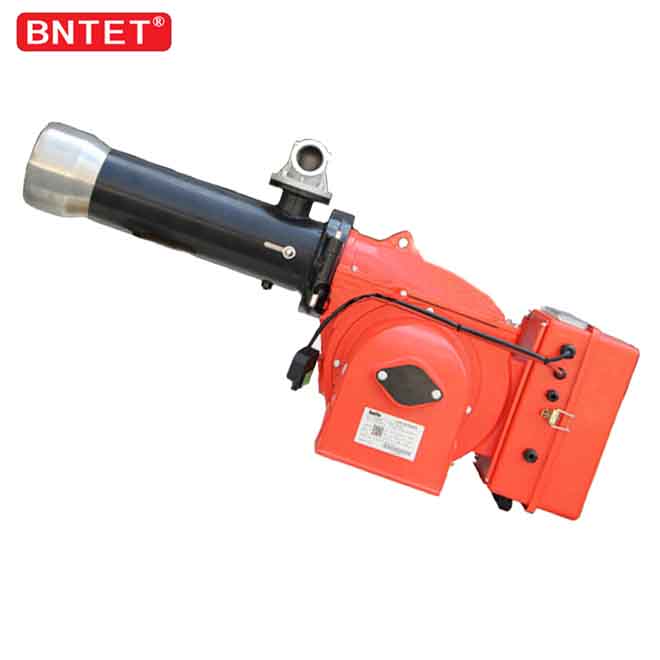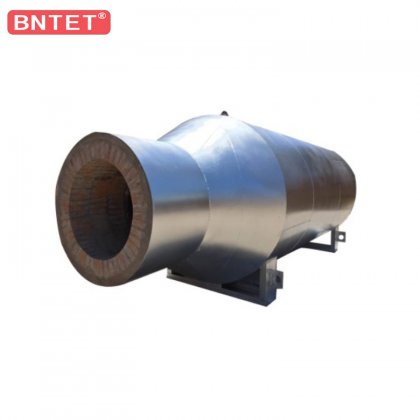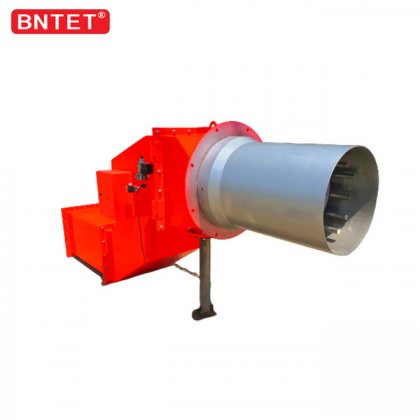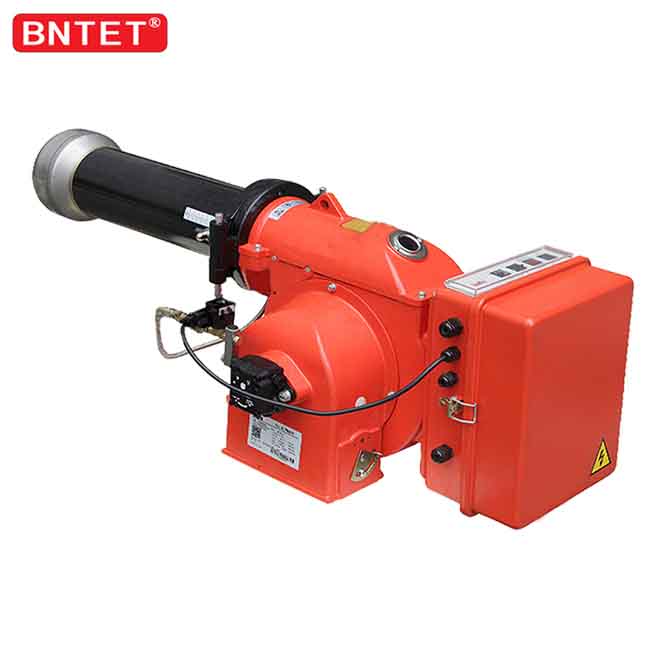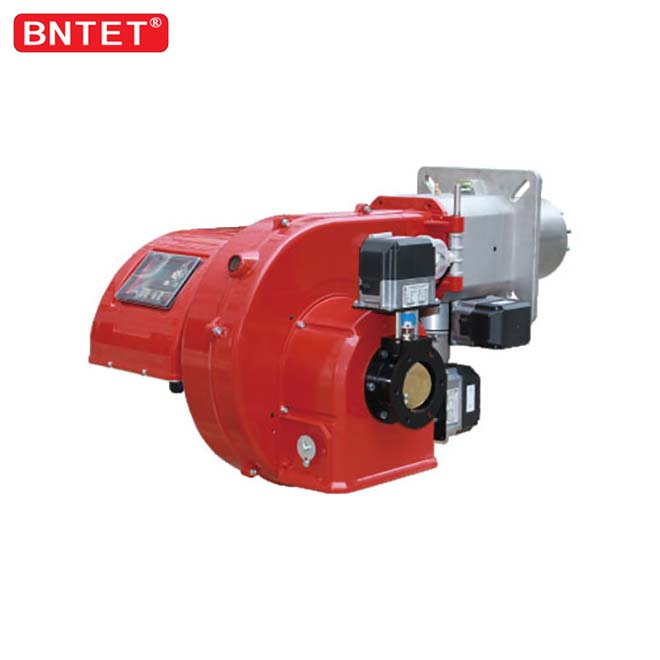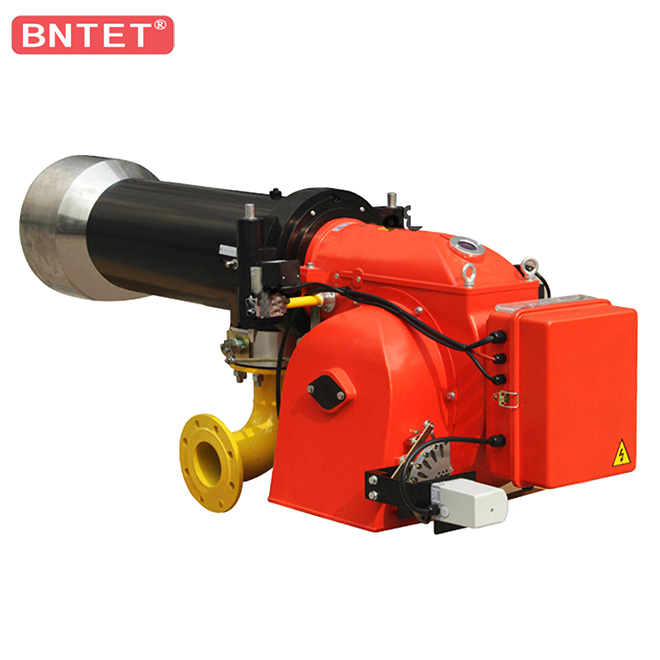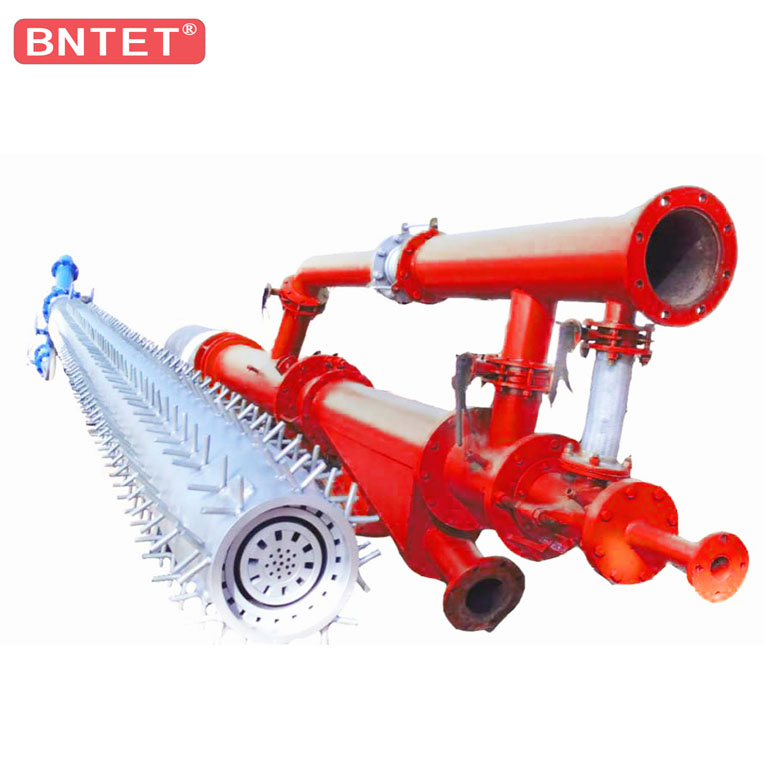The application of low-nitrogen combustion technology in a large number of power station coal-fired boilers proves that NOx reduction is effective and obvious. However, due to the different types of coal used in boilers, the furnace types and NOx emission levels are also different. The emission reduction effect and the problems caused by the application are also different; among them, the NOx emission level of the tangentially fired boiler itself is low, and the NOx emission reduction effect is better after the transformation, and the other impacts are also small. Secondly, "W" flame burning boiler is poor. The specific problems and reasons are as follows:
1. The combustibles of ash and slag increase, and the efficiency of the furnace decreases:
After the low-nitrogen combustor is reformed, although the NOx decreases greatly, even when the same coal is used, the fly ash combustibles increase greatly. The main reason is that low-nitrogen combustion technology adopts low-temperature, low-oxygen combustion, and the temperature in the main combustion zone drops more. It controls and delays the ignition of pulverized coal, and reduces the amount of oxygen in the ignition area, which reduces the ability of pulverized coal to burn and prolongs the combustion process. Fly ash and slag combustibles increase. In some transformations, the areas of the primary and secondary air nozzles and the burn-out air nozzles of the burner were changed, resulting in a delay in the mixing of the secondary air and the primary air, which was not conducive to the ignition and combustion of the pulverized coal air flow. According to the test data of the modified boiler, the increase of the combustible material of fly ash of the tangentially fired boiler is 0.5-1%, the increase of the combustible material of the fly ash of the hedge combustion boiler is 1-1.5%, and the fly ash of the "W" flame combustion boiler is combustible The increase in material content is 2-4%, which affects the boiler efficiency drop by 0.4-1.6%.
2. After the low-nitrogen combustion technology reformation, there are more problems with the increase of the boiler superheater desuperheating water volume. Because of the prolonged combustion process of pulverized coal and the use of over-fire air, the flue gas temperature at the furnace outlet increases; at the same time, the furnace temperature decreases. The radiation heat absorption of the water wall of the furnace decreases, and the heat absorption share of the convection heating surface increases, which leads to an increase in the amount of desuperheater water.
